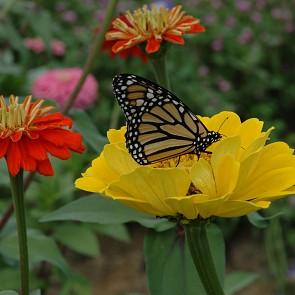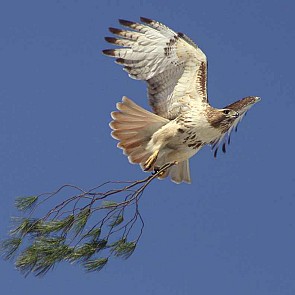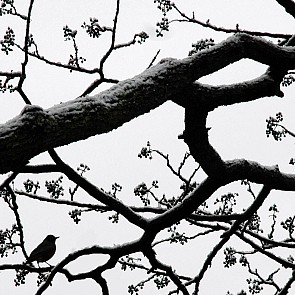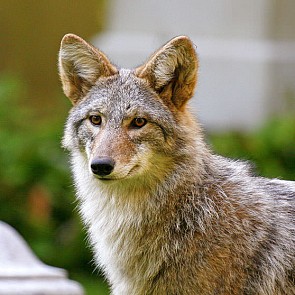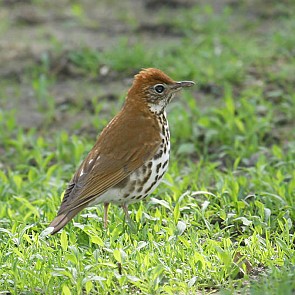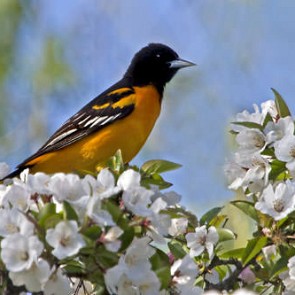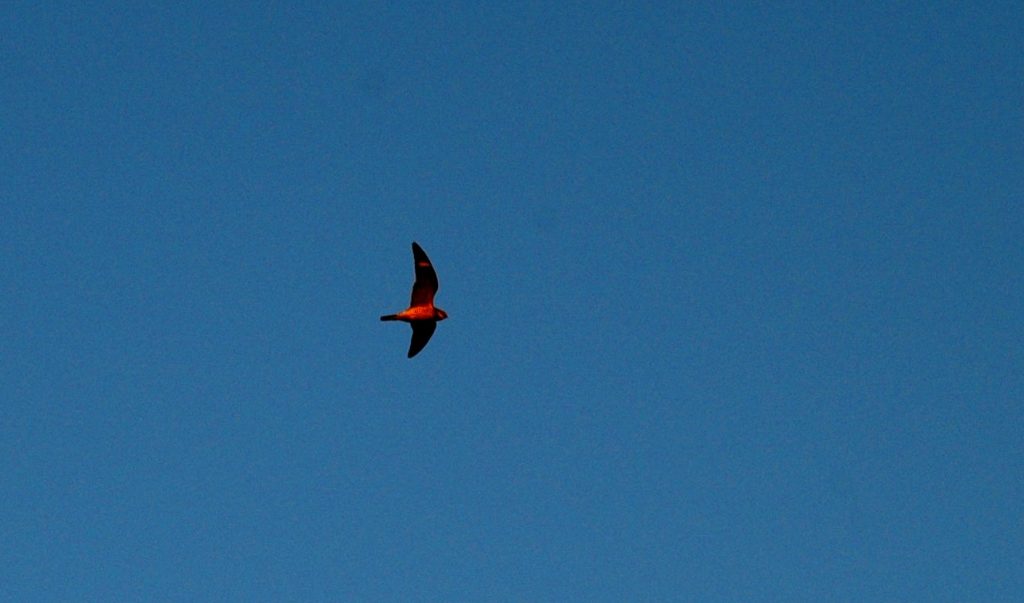Join us for A Nighthawk Watch at Washington Tower in 2019!
The Nighthawk is a member of the nightjar family which include the Whip-poor-will. All members of this family are rather cryptic in color with tiny bills and huge mouths. Join us for a Nighthawk Watch this summer at Washington Tower:
The flight of the nighthawk is unmistakable as it wheels erratically chasing insects. The Nighthawk nests most often on open cultivated fields, gravel beaches, rocky outcrops and burned over woodlands. It is also well known to nest on flat gravel roof tops especially in cities. Locally birds have nested in a number of different places in Cambridge and Somerville as well as the Back Bay and South End sections of Boston. The roofs of many of these buildings have been converted to rubber and are no longer appealing to the nighthawks. (more…)
The American Goldfinch
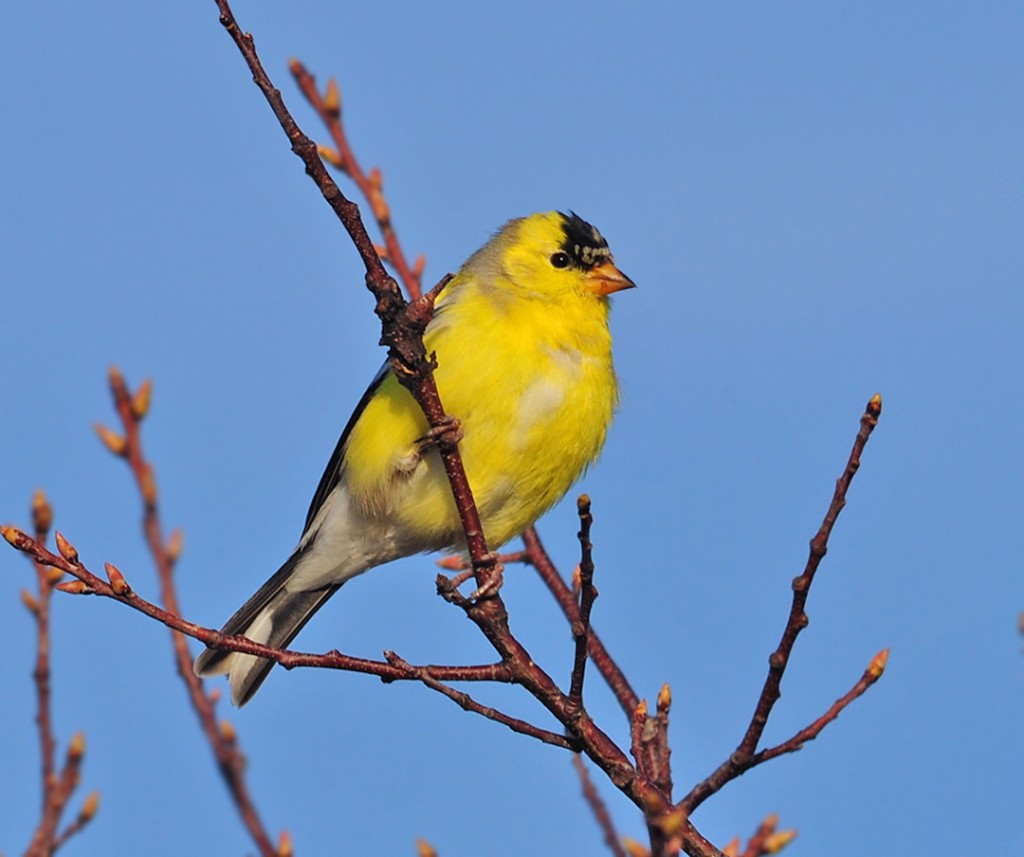
The American Goldfinch pictured above (Photo by Jeremiah Trimble) is perhaps one of the most familiar and appreciated songbirds in our area. The noted ornithologist Frank Chapman wrote: “Panoplied in jet and gold the merry, care-free goldfinches flit in the summer sunshine. They wander happily about, singing, wooing, mating, eating, drinking and bathing all summer without family worries.” (more…)
Wildlife Success Story: Eastern Red-Backed Salamanders
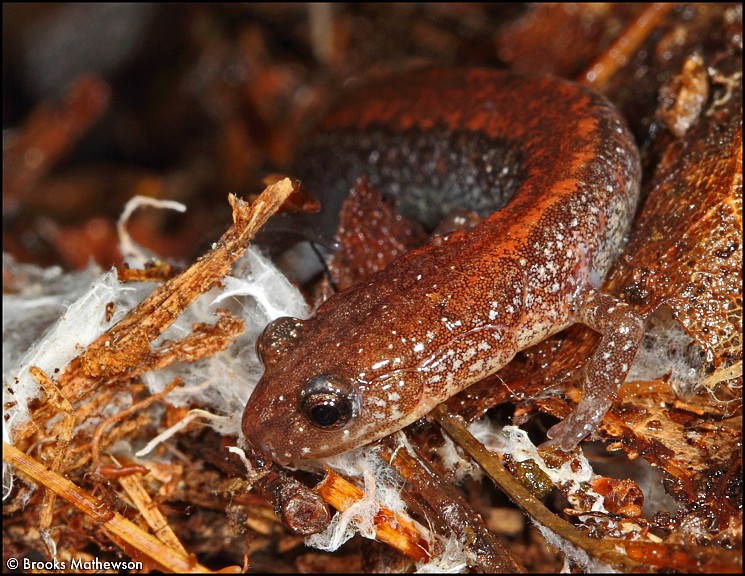
Mount Auburn provides critical habitat for a variety of animals. Amid urbanization and loss of open green space, the Cemetery can play an important role in bringing them back to the Boston area. This year, we are thrilled to see the successful return of another native species to our landscape. Ecologist Brooks Mathewson has been working since 2017 to reintroduce one of the most ecologically-important animals of the New England forest to Mount Auburn, the eastern red-backed salamander.
(more…)The Yellow-bellied Sapsucker
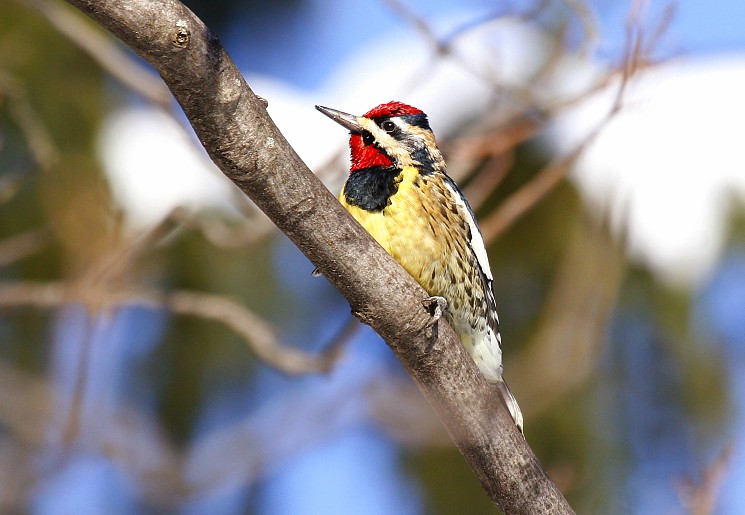
“Hey, have you ever seen a Yellow-bellied Sapsucker?” That’s a question we birders often get when you tell folks you’re a bird-watcher. Many people think this species of woodpecker is a mythical bird because its name is often used in jest. But it is one bird that truly lives up to its name: both males and females have yellow bellies and tree sap is their favorite diet. Males have red crowns and throats, while females have red crowns but white throats. Immature birds are pretty dull, lacking the red color and being brownish and non-descript, except for the white stripe on their sides that is their most visible identifying mark.
Sapsuckers have drilling techniques distinct from other woodpeckers; you can tell a sapsucker has visited a tree when you see rows of round or squarish holes drilled into the tree trunk. (The birds feed on the sap that oozes from the holes and also eat the insects that get trapped in the sap.) Hummingbirds will often visit sapsucker “wells” to feed, and sometimes a Ruby crowned Kinglet Hummingbird can be seen on Indian Ridge at Mount Auburn, feeding on the sap from the drillings of a sapsucker. (more…)
